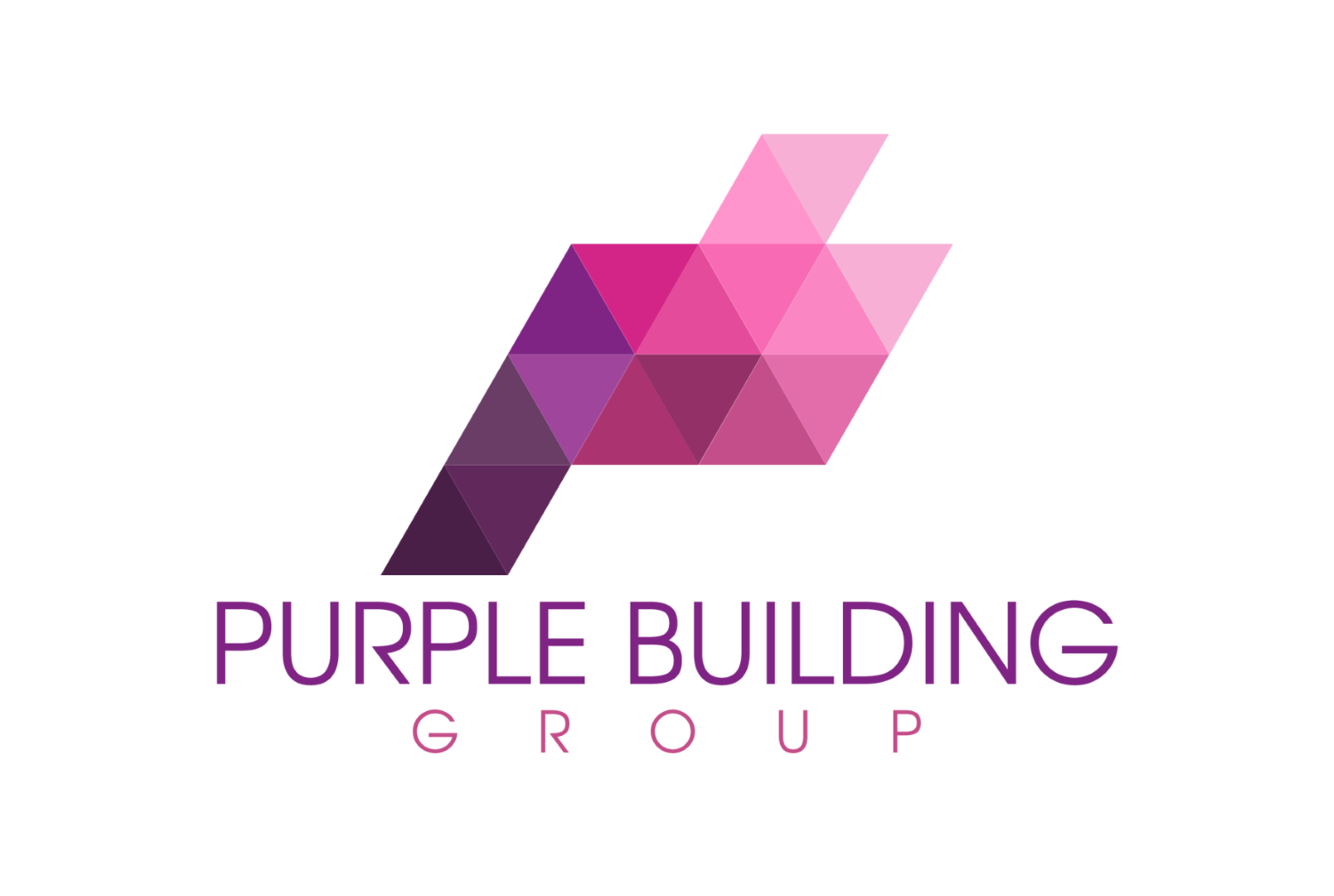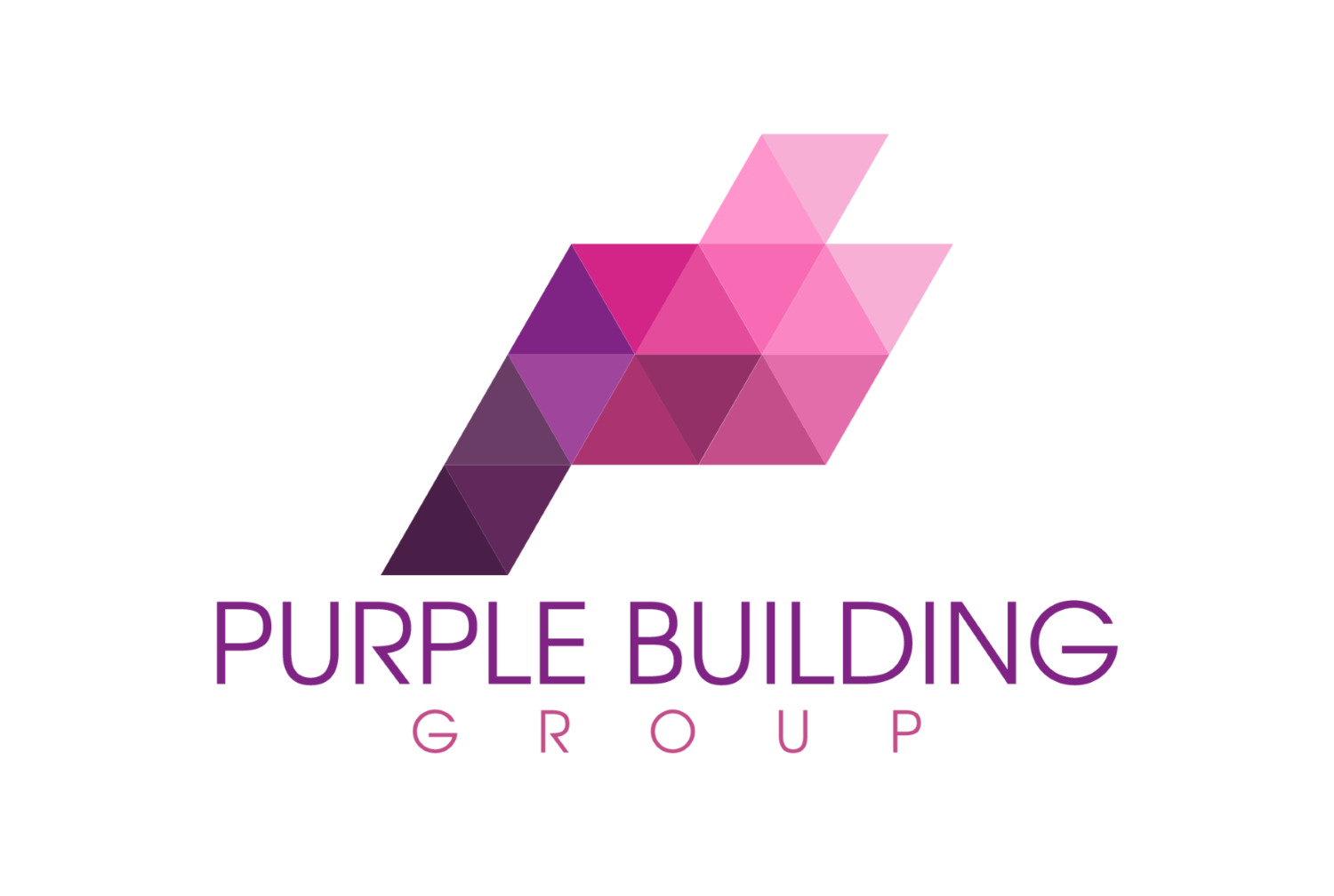Deck Builders Guide
Update: 29/05/2024 - This is one of my most popular timber deck blog posts in Melbourne. I’m keen to hear your feedback on pros and cons. Please email any suggestions for extra information you would like to see and I will update accordingly. Cheers Adam - adam@purplebuildinggroup.com.au
The great Australian, and Melbourne dream, a home with a deck.
Timber deckings have become a feature in Melbourne homes. From a deck for entertaining to a deck for a morning coffee to a deck to go around your pool. A quality timber decking has the ability to enhance a home, landscape space and the enjoyment you will get.
Purple Building Group is a timber deck builder in Eltham, Diamond Creek and throughout Melbourne
As with any home building task, there are various pros and cons to the different decking materials available. Here I will give you some of my experience, opinions and that of more specialised experts in the decking and timber supply chain.
As always, please reach out for any further clarification, questions or let me know your own thoughts. Email me direct at adam@purplebuildinggroup.com.au or head over to our instagram where there are some additional decking information in my posts.
I have built many timber decks throughout Melbourne over my time as qualified carpenter and registered builder and used a variety of timber species and just one with the plastic composite types. Maybe that’s more because I am a carpenter and have more of an appeal to timber!
The Framework.
Treated Pine is a timber that has been chemically treated to enhance its resistance to weather decay, insects and other deteriorations. It is used outside, above ground, and in well ventilated spaces.
Every decking I have ever built has had a treated pine frame, I cannot think of a time where I have used a different type of timber. I have recently used a bushfire rated treated pine, flamefixx, which has the same properties as a standard treated pine you will find from your local hardware store. But it has been treated with some additional bushfire rated chemicals. Rated up to BAL29, I’ll attach a link for your own further research. I may do a post on this timber later.
The size of timber to use on the frame will depend on the size of the deck and the distance of the stumps, these can be looked up using Australian Standards 1684, but would require some understanding to interpret this document. You are welcome to contact me and I can let you know what size you need as a guide, or where to find the information. Majority of a small backyard deck would be 90 x 45 treated pine timbers as joists and 2/90 x 45mm laminated together as bearers.
I would always use concrete or steel stumps going into a concrete footing.
Proctect a deck. I would recommend using a joist protector. This small rubber will sit ontop of your joist and force any surface water away from the joist. This will enhance weather protection and add additional life span to your decking frame. Another option would be to paint the tops of the joist with a black external type paint.
Decking Material.
Lets get into the actual decking materials.
Treated Pine
Treated Pine is a soft wood and is probably the cheapest option to use for a decking. I have built two decks using treated pine and both were for budget reasons. I would advise to not use it. Even though It is cheap, can be full of knots and bows. Even exposed to full weather it can deteriorate quicker than a hardwood. Both the pine decks I built were treated with a darker decking oil which did enhance its appearance, but I would still steer clear. If this is where your budget takes you, I would consider oiling each side of the decking board prior to installation.
Merbau
Good old trustworthy merbau. Most of the timber decking's I have built have been with merbau. When you weigh up costs and durability, merbau timber comes out well ahead. Over the years I have heard many sustainability concerns with merbau, including affecting orangutangs in Malayasia to illegal logging in Indonesia. The intricacies of merbau and its sustainability are well out of my knowledge base, so I suggest you do your own further research in this space. There is domestic merbau currently grown in Queensland and also DNA certified merbau. This merbau is tracked via its DNA from the forest to the warehouse, currently being used by Simmonds Lumber. Here is a link for your own research.
I have used Merbau decking boards in 70mm, 90mm and 140mm. I will normally nail the 70mm boards with a helical shank decking nail 65mm and I would use 10 guage 65mm stainless steel decking screws. I have used 14 guage batten screws to screw the merbau 140mm boards, but I would generally use a big screw like this to prevent the board from cupping. Merbau won't cup as severe as some of the other timber species, as long as it is maintained.
Merbau is a BAL rated timber and can be used as a bushfire rated timber up to the BAL 29 rating.
Spotted Gum.
The second most popular decking material I have used is spotted gum. It is by far my favorite decking timber to look at. You get these light and dark browns, with some pinks and oranges that just combine so elegantly together, even though those colors shouldn’t work together. I just wish it was an easier material to work with.
It’s a stronger density timber and I will loosely use the term harder to cut. It is, but not significantly. My biggest complaint with spotted gum is that its cups, and when it can cup, it can cup bad. I have used this on a treated pine frame and in sections the spotted gum timber had cupped and had started to pull the 75mm galvanised batten screw out of the treated pine frame. I have used 100mm galvanised batten screws, but sometimes that feels like overkill for decking boards.
I have noticed that Bowens are using a pre coating service where they will pre coat your decking timber on all sides prior to delivery. In theory I feel this would reduce the cupping of the spotted gum and other decking timber species, but I don’t have any practical experience using this method.
Spotted Gum is a BAL rated timber and can be used as a bushfire rated timber up to the BAL 29 rating.

